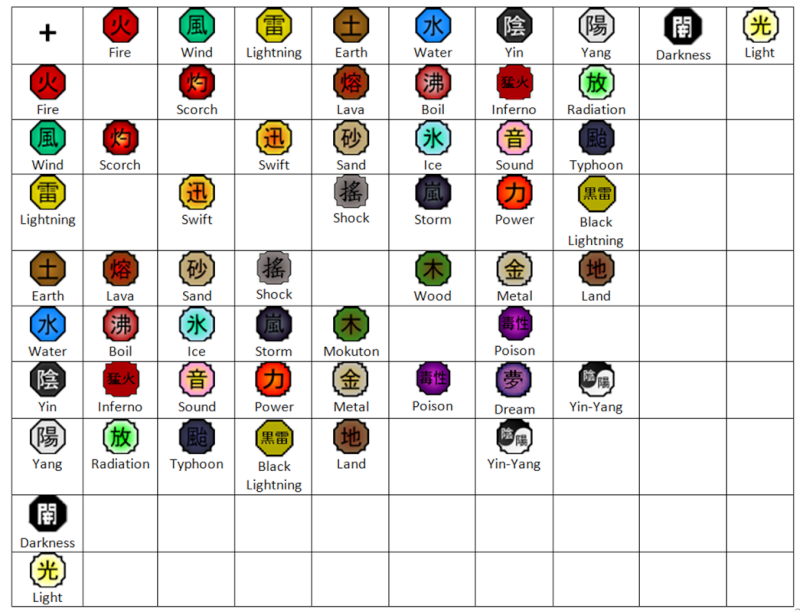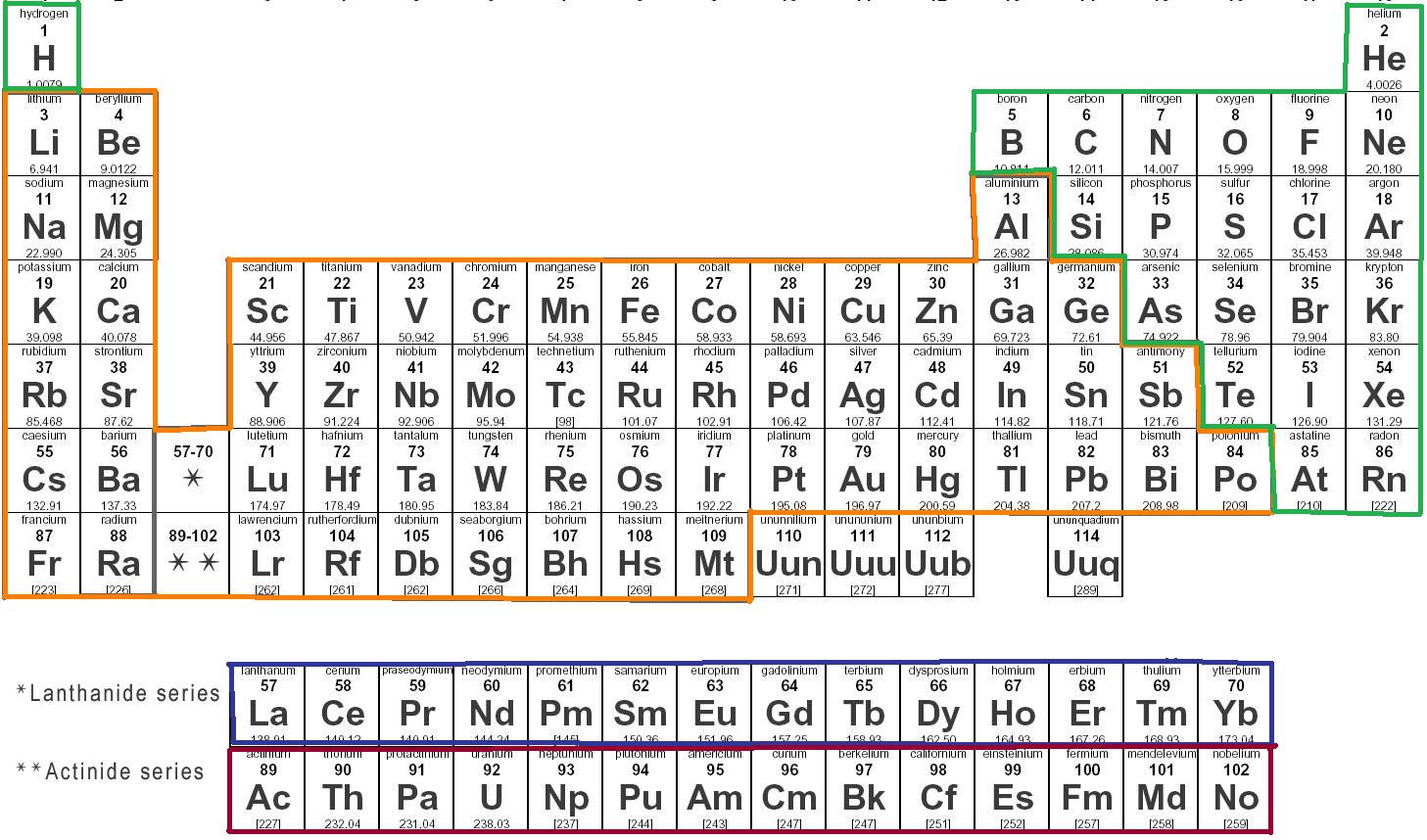

We learn the periodic table as the elements arranged according to the atomic number, which is an integer, a whole number.


Later on, this turned out to be not so correct, but that's how it is in science. He proposed, sometimes, you know, people say he discovered the pattern of similar behavior and arranged the elements, according to are their atomic weights. And it came to him that there possibly is a pattern of repeated resemblance of behavior of certain elements.
Elements chart full#
Read the full transcript of WUWM's Chuck Quirmbach and Bassam Shakhashiri's conversation here:īassam Shakhashiri: Mendeleev the Russian chemist was teaching a course and he was writing his lecture notes and tried to write an inorganic chemistry book about chemical behavior of substances. Nowadays, lead is often viewed as a contaminant in soil and water. Shakhashiri also notes how lead (symbol Pb) has a less popular image than in Mendeleev's day. Lithium is also used in the medical profession, for a variety of things." On modern relevance, and how uses of the elements change, Shakhashiri cites lithium (symbol Li), in the table: "Lithium batteries are very useful to us. "Dimitri Mendeleev, the Russian chemist, he proposed - sometimes people say he discovered - the pattern of similar behavior and arranged them," Shakhashiri explains. He says the table came about through a collaboration of a few scientists but that Dmitri Mendeleev properly gets much of the credit. UW-Madison professor of chemistry Bassam Shakhashiri knows both the history of the table, and its modern relevance. It's considered the founding document of modern chemistry, one you may have studied in school. Maybe you've felt a certain chemistry with 2019 but don't know why? Maybe it's because this year marks the 150th anniversary of the Periodic Table of the Elements.


 0 kommentar(er)
0 kommentar(er)
